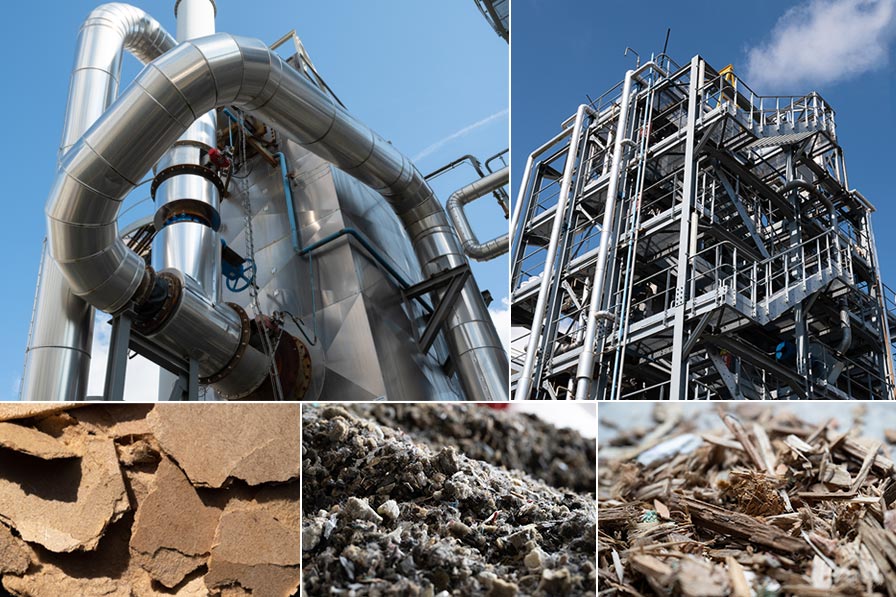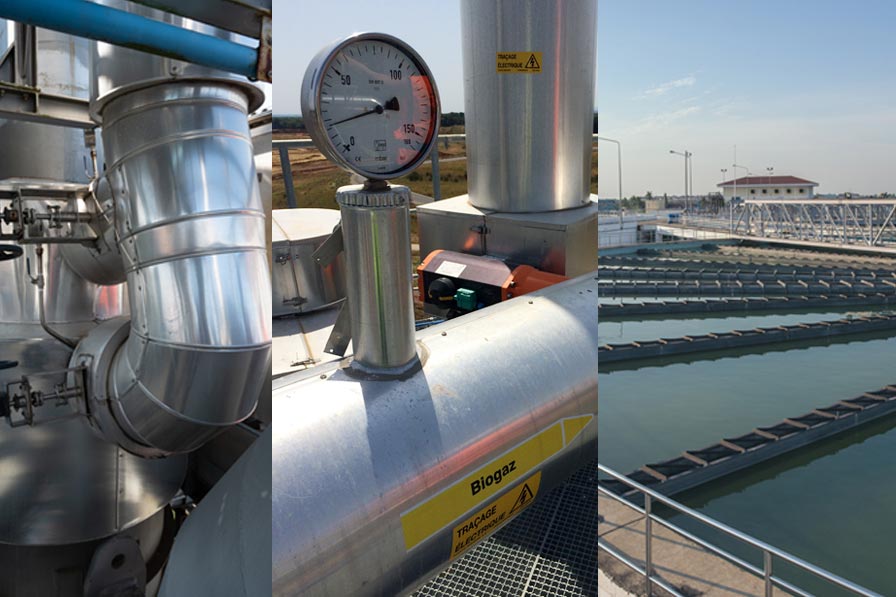Partnership agreement to develop pyrogasification technology

FEDEREC, the French federation of recycling companies, and GRTgaz, France's primary gas transmission system operator, have signed a partnership agreement to develop pyrogasification1 technology for the production of renewable and low-carbon gas from solid recovered fuel (SRF) at local level.
Group photo in the header: Manuel Burnand, CEO of FEDEREC, Clotilde Villermaux, Pyrogasification Project Manager at GRTgaz, Jean-François Carenco, Deputy President at FEDEREC, Anthony Mazzenga, Chief Business Development Officer at GRTgaz, Léonard Neuville, Recycling and Decarbonisation Project Manager at FEDEREC, Jean-Marc Le Gall, Head of Gas Business Development at Gaz de GRTgaz
FEDEREC and GRTgaz are pursuing the same objective to industrialise innovative, circular solutions for the recovery of renewable gas from non-recyclable waste. This partnership aims to confirm the value of pyrogasification technology as a sustainable solution for the recovery of SRF.
SRF is composed of fractions of non-hazardous solid waste that is typically not recycled, i.e. converted to obtain new raw materials. In the waste management hierarchy, SRF represents the last step at which waste is recovered before it is permanently disposed of by incineration or landfilling.
Industrial solutions for processing SFR are currently limited. FEDEREC reports that in 2023, companies in the sector only produced 510,000 tonnes of SRF, or just 20% of French installed capacity, due to a lack of available solutions. Energy recovery from SRF by traditional sectors of heat production or cogeneration does not offer a sustainable model for operators in the sector.
Consequently, some SRF producers are looking to other processes, such as pyrogasification. Investigations carried out under the partnership between FEDEREC and GRTgaz aim to offer concrete evidence, backed by technical and economic findings, to confirm the value of converting SRF into gas that can be used by consumers and injected into networks without the need for updating facilities. The use of SRF as a feedstock in gas production facilities is a promising innovation, one recognised as a viable solution by France’s 2021 Climate and Resilience Law.
In 2022, GRTgaz led a call for expressions of interest (CEI) relating to “pyrogasification for injection” under the aegis of the Strategic Committee for the “New Energy Systems Sector”. From this CEI, 49 pyrogasification projects were identified, including several projects for converting France’s SRF reserves. This CEI and forward-looking decarbonisation studies on the French gas mix by 2050 have confirmed the value in developing this new sector for the production of renewable and low-carbon gas.
1 Pyrogasification is a process that converts solid residues currently not recovered (wood waste, non-recycled plastics, solid recovered fuel, etc.) into gas by heating this waste to high temperatures (800–1,500°C) in a low-oxygen environment.
2 In its “Transition(s) 2050” report published in 2021 and updated in 2024, ADEME, the French agency for the ecological transition, calculated different scenarios and estimated that the pyrogasification of SRF could contribute up to 30% of the gas mix by 2050.

